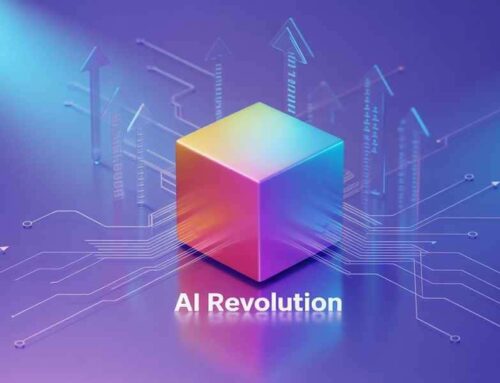
Workforce Transformation in the Digital Age
The way we work is undergoing a dramatic shift. Fueled by technological advancements, globalization and evolving employee expectations, businesses of all sizes are facing the imperative to transform their workforces. This transformation isn’t just about adopting new tools or processes; it’s about reimagining the entire work ecosystem to thrive in the digital age.
Why Workforce Transformation Matters
In today’s dynamic business landscape, companies that resist change risk falling behind. Here’s why workforce transformation is crucial for long-term success.
- Enhanced Productivity and Efficiency: Embracing automation, digital collaboration tools and streamlined workflows can significantly improve productivity and efficiency.
- Improved Agility and Adaptability: The ability to adapt to changing market demands and technological advancements is key to survival. A transformed workforce equipped with the right skills can navigate change with ease.
- Attracting and Retaining Top Talent: Millennials and Gen Z prioritize a work environment fostering growth, flexibility and purpose. A commitment to transformation demonstrates a company’s commitment to its employees.
- Enhanced Innovation and Creativity: A diverse and skilled workforce with access to the latest tools fosters a culture of innovation, leading to groundbreaking ideas and solutions.
- Improved Customer Experience: A happy and empowered workforce translates into exceptional customer service. Transformation can cultivate a more engaged and responsive employee base.

Key Drivers of Workforce Transformation
Several key factors are driving the need for workforce transformation.
- Automation and Artificial Intelligence (AI): Automation is taking over repetitive tasks, freeing up human employees to focus on higher-order thinking and strategic initiatives. AI is transforming various aspects of work, from data analysis to customer service.
- The Rise of the Gig Economy: The traditional 9-to-5 job is slowly fading away. The gig economy offers flexibility and freedom, attracting a growing segment of the workforce. Companies need to adapt to this changing landscape.
- The Evolving Skills Landscape: The skills required for success are constantly evolving. Companies need to invest in upskilling and reskilling initiatives to ensure their workforce possesses the necessary skills to stay competitive.
- The Importance of Diversity and Inclusion (D&I): A diverse and inclusive workplace fosters creativity, innovation and problem-solving. Building a workforce that reflects the communities served is essential for long-term success.

Strategies for Effective Workforce Transformation
Transforming your workforce is a continuous process. Here are key strategies for a successful journey:
- Conduct a Skills Gap Analysis: Identify the skills your current workforce possesses and compare them to the skills required for future success. Focus on closing critical skill gaps through training and development programs.
- Invest in Upskilling and Reskilling: Provide training opportunities for your employees to acquire new skills and knowledge relevant to their roles and the company’s future needs.
- Embrace New Technologies: Integrate AI, automation and other relevant technologies to streamline processes and empower employees.
- Foster a Culture of Continuous Learning: Encourage a culture of lifelong learning where employees are empowered to explore new skills and knowledge.
- Promote Flexibility and Work-Life Balance: Offer flexible work arrangements like remote work options to cater to the diverse needs of your employees.
- Prioritize Employee Well-being: Invest in employee well-being initiatives to create a positive and supportive work environment that reduces stress and fosters higher levels of engagement.
- Develop Strong Communication Strategies: Keep employees informed and engaged throughout the transformation process. Communicate the company’s vision for the future, as well as the impact on roles and responsibilities.
- Embrace a Data-Driven Approach: Use data to track your progress, measure the impact of your initiatives and adjust your strategy as needed.

Challenges and Considerations
While workforce transformation offers significant benefits, there are also challenges to consider:
- Resistance to Change: Some employees may be apprehensive about the changes associated with transformation. Effective communication and leadership are crucial to overcome resistance.
- The Cost of Transformation: Investing in upskilling, new technologies and other initiatives can be expensive. However, the long-term benefits far outweigh the costs.
- Managing a Hybrid Workforce: With remote work becoming increasingly prevalent, companies need to learn how to manage a hybrid workforce effectively.
- The Ethics of AI: As AI continues to evolve, companies need to consider the ethical implications of its use and ensure it complements, rather than replaces, human employees.
The Road Ahead
Workforce transformation in the digital age is not a one-time event; it’s an ongoing journey. Companies that embrace continuous learning, agility and a commitment to their workforce will be best positioned to thrive in the digital age.
By understanding the drivers, strategies and challenges involved, businesses can embark on a successful transformation journey that fosters a culture of innovation,














